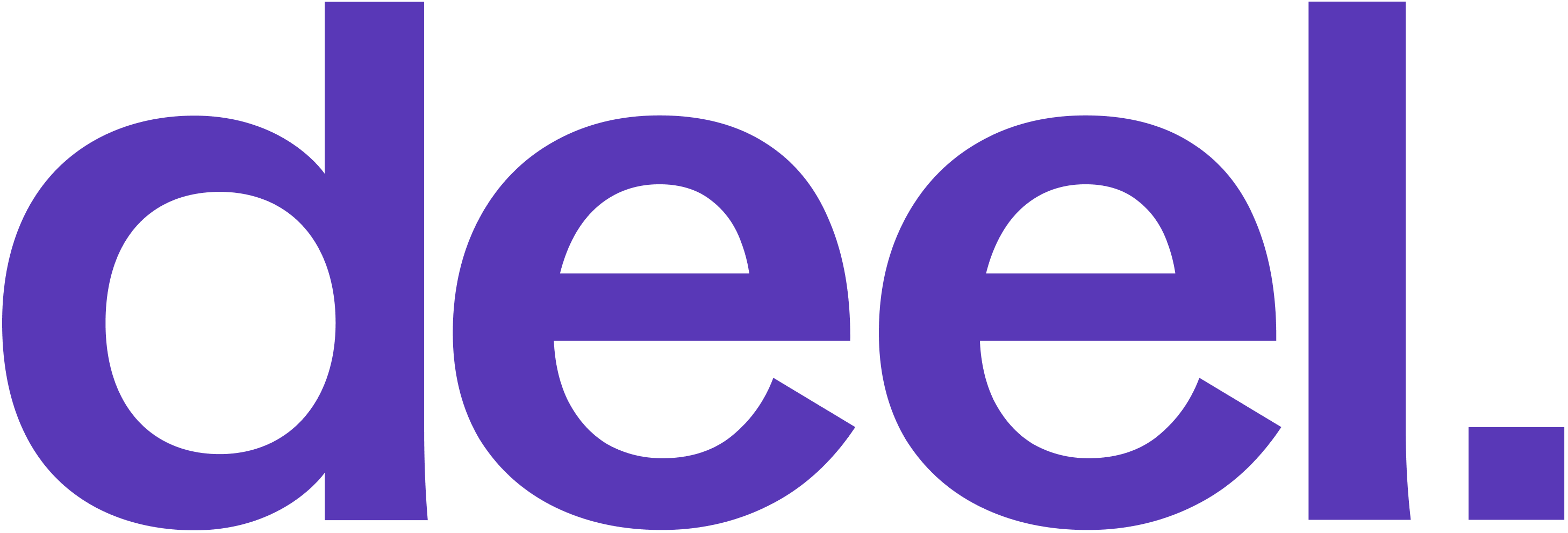The Hiring Memo - a Tool for Managing Complex Interview Debriefs
4 minute read
I’ve recently tried a new technique when it comes to hiring decisions for critical leadership roles, which I now call the the “hiring memo”.
Like many companies, we have a live debrief session at the end of each interview loop to discuss the feedback we capture. While the individual feedback is very important in isolation, the live discussion often reveals themes that weren’t picked up by any individual alone. We have had a few cases in which we made a no-hire decision based on a theme that emerged during the debrief, despite consistently positive scores in each session.
If you have hired for a role many times before and are well-calibrated, the live debriefs become pretty efficient and usually allow for a hiring decision without prolonged discussion.
For novel roles, and especially for key leadership hires, the live debrief can become a bit unwieldy. A typical leadership interview process involves a lot of interviews. Leaders are also tested across a lot of rubrics. Because of that (and because of the high bar and the high stakes for leadership hires) you are unlikely to end up with a candidate who excels in all interviews and in all rubrics.
Prior to starting Ashby, I was involved in a series of leadership hires and the debriefs always felt difficult to manage. In some cases they felt rushed given the importance of the hire. In other cases a lot of time was spent but it was challenging for the hiring manager and recruiting team to synthesize the many points of feedback. Which positive or negative feedback is the most relevant? To which degree does it tie back to the actual skills required for the job?
For novel roles, and especially for key leadership hires, the live debrief can become a bit unwieldy.
Writing the hiring memo
This is where the hiring memo comes in. If a clear consensus could not be reached in a reasonable time (I would limit it to 30 minutes) during the live debrief, one proceeds to writing the memo as a next step instead of making a hire/no-hire decision on the spot. During the debrief, the hiring manager should take notes on all the positive and negative pieces of feedback that were voiced. They then take time to write a document that synthesizes these points of feedback and ties them to the original requirements for the job.
My memo took the following structure:
-
A link to document with job requirements and skills we are looking for
-
Deconstructing the negative feedback
-
One bullet with the feedback the way it was voiced, e.g. “It seems that this candidate lacks experience selling to SMB. They couldn’t surface good examples of that in our interview.” (No, this is not from a real candidate!)
-
Sub-bullets that outline the hiring manager’s position on this point of feedback; how relevant is it?
-
-
What stood out positively
-
One bullet for each point of positive feedback, as it was voiced, e.g. “The candidate had strong opinions but was open to changing them through discussion, for example...”
-
Sub-bullets that outline the hiring manager’s position on this point of feedback; how relevant is it?
-
-
In Summary
-
A couple of paragraphs discussing the feedback contributes to a hire or no-hire decision
-
This memo can be very helpful in bringing structure to what can often become a fairly unstructured live conversation. It ensures that all concerns are articulated and addressed. It also forces the hiring manager to explain why they recommend a hire or no-hire decision and how that decision relates to that feedback.
Distributing and discussing the hiring memo
Once written, the memo can be shared with the debrief participants. They can comment asynchronously to make sure that all feedback is accurately captured and to provide their agreement or indicate that they want further discussion. It may be that the writing of the memo adds enough clarity to get everyone on the same page. If there are still remaining disagreements a second live debrief can be run with the small subset of open issues and a much smaller group of people - that will help keep that conversation efficient.
Making a decision
How you end up making the final call will depend on your hiring philosophy. At Ashby, the hiring manager has the ultimate responsibility for a hire/no-hire decision. No hiring decision is certain, but at this point the hiring manager has gotten as much information as possible and it’s time for a final verdict!
I believe this tool to be pretty helpful for building consensus where possible and to help people that may disagree with the outcome to understand the reasoning behind the decision.
If you try this out, let us know how it works for you on LinkedIn!


